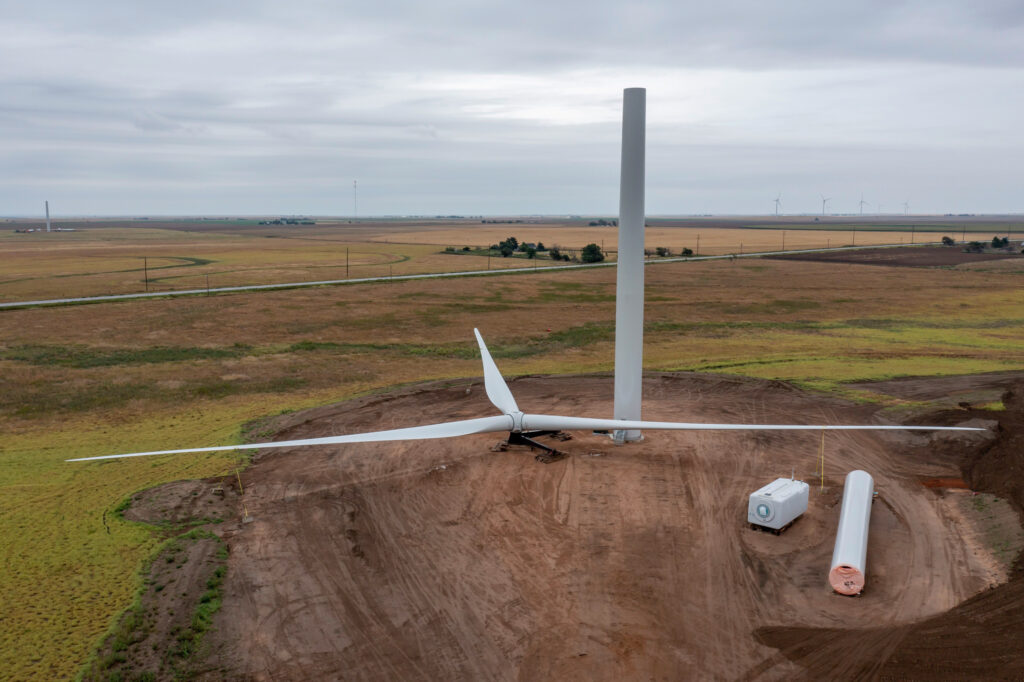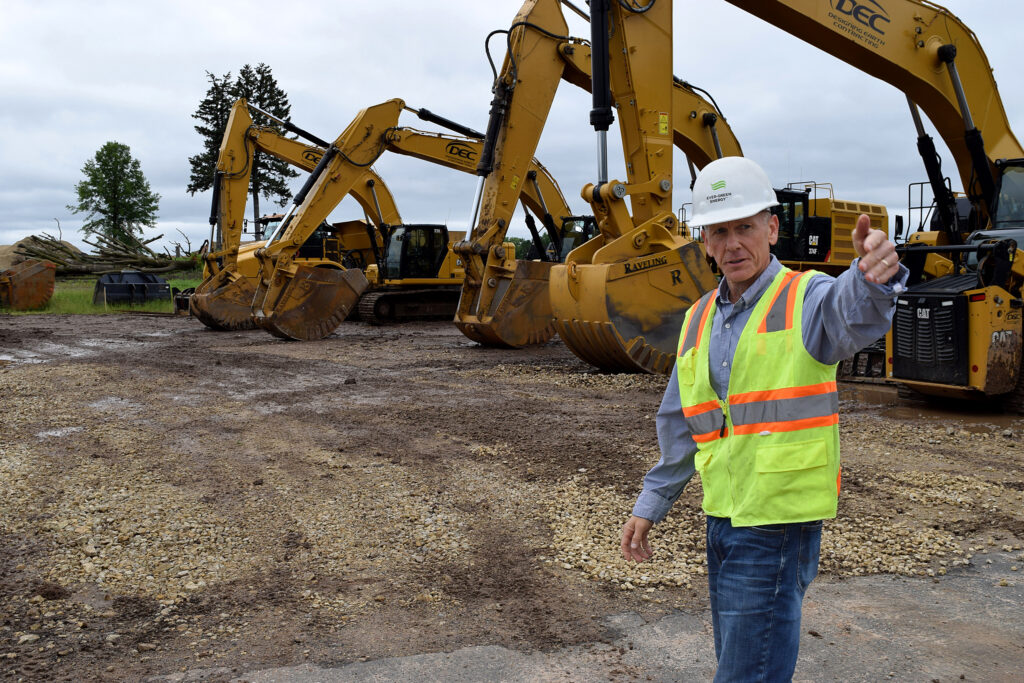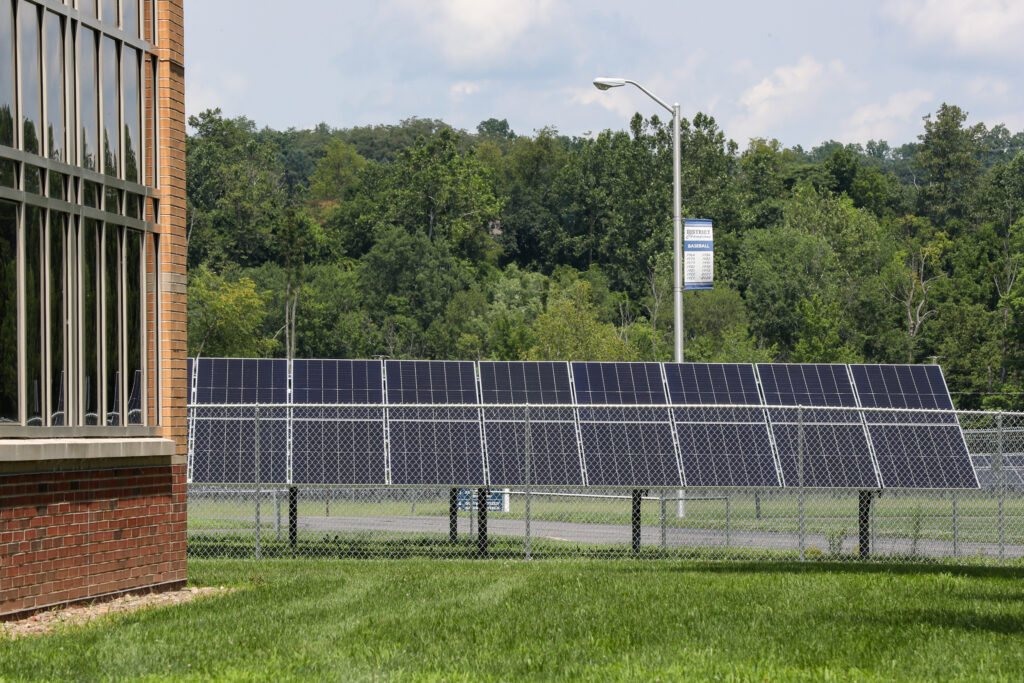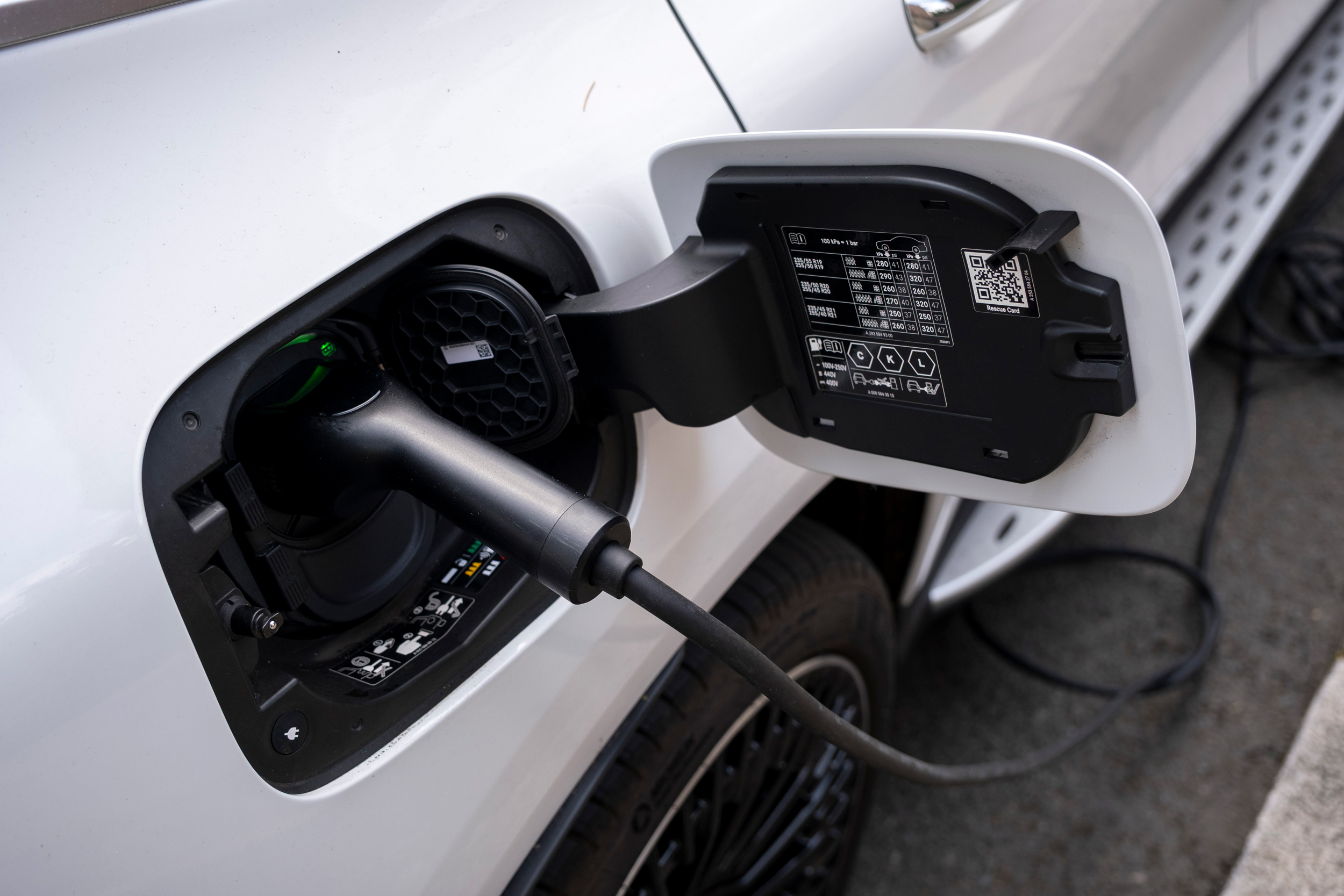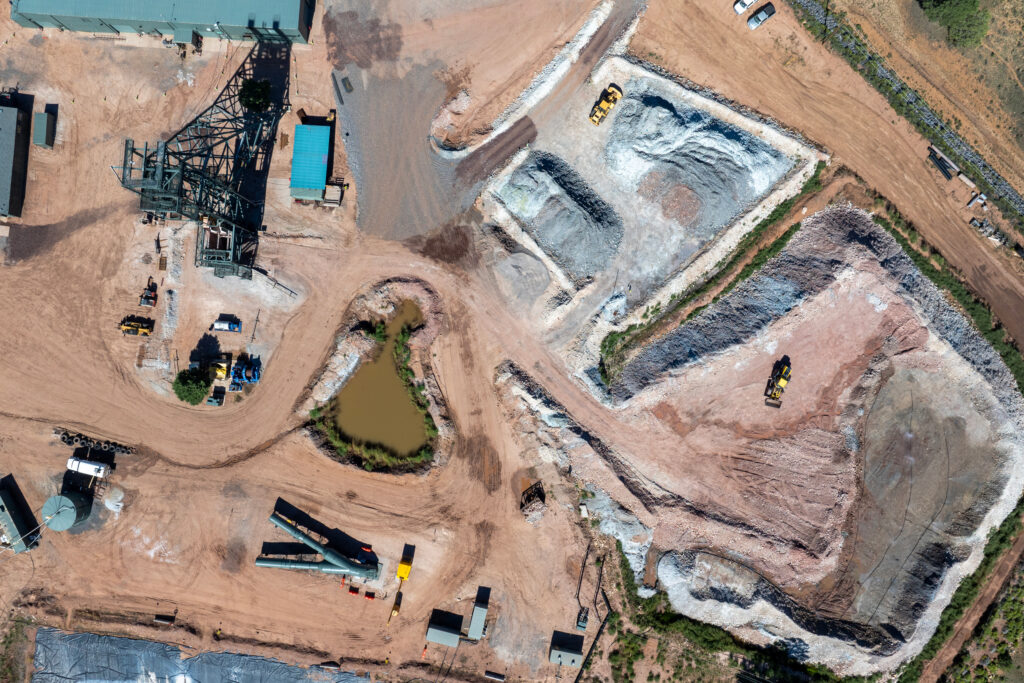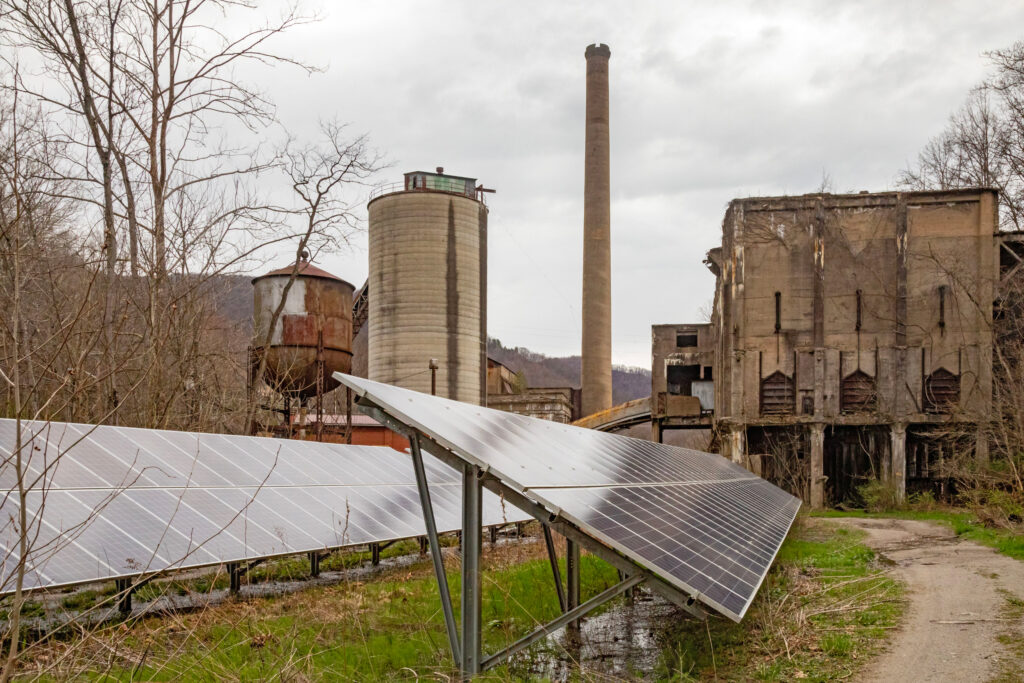This hasn’t been a kind year for developers looking to break ground on renewable energy projects.
On President Donald Trump’s first day in office, he issued a memorandum halting approvals, permits, leases and loans for both offshore and onshore wind projects.
The One Big Beautiful Bill Act, which passed in July with exclusively Republican support, accelerated the phaseout of tax credits promised under the Inflation Reduction Act for wind and solar projects. Subsequent guidance from the U.S. Treasury Department further constrained eligibility rules.
And as bipartisan permitting reform takes center stage in Congress, critics have expressed doubt over whether a technology-neutral bill would still benefit renewable energy development under the current administration.
During a House committee hearing for the SPEED Act on Sept. 10, multiple Democrats expressed concern about their ability to engage in good-faith negotiations with Republicans to accelerate permitting amid the GOP’s attacks on wind and solar. Environmental groups, too, have cautioned that federal efforts to reform permitting could offer little benefit for renewables.
According to a report from the think tank Clean Tomorrow, the battle over renewable development has spread beyond Congress and the Trump administration—with siting policy at the state level now serving as one of the primary battlegrounds for those seeking to curtail the deployment of new clean energy projects.
“It’s clear that states are taking some of their cues from the federal government,” said Nelson Falkenburg, siting policy manager at Clean Tomorrow and one of the report’s authors.
The report’s authors assessed the expected impact of more than 300 state-level siting bills based on factors including their effect on permitting timelines, the predictability and uniformity of siting decisions and whether the bill incentivizes development. Falkenburg said they also used criteria from Columbia University’s Sabin Center for Climate Change Law, when possible, to determine if a policy is restrictive.
According to Clean Tomorrow’s report, from January through June of this year, 148 siting-related bills were introduced across 47 states, seeking to make siting and permitting more restrictive.
That significantly outnumbers bills that would have a neutral impact (89) and those that would be more permissive (68).
Restrictive policies would hinder the development of renewable energy, while permissive policies would facilitate it. Bills that the authors deemed to have a neutral effect are those whose impact on project deployment was negligible or ambiguous, Falkenburg said.
The pushback against renewables, like recent actions at the federal level, is largely driven by the GOP.
Republican state lawmakers introduced nearly twice as many siting bills as Democrats, with an overwhelming number of those likely to restrict renewable development—nine restrictive bills for every one permissive proposal, according to Clean Tomorrow’s analysis.
“There’s a huge subset of these bills that legislators are introducing because they have constituents who are upset about renewable energy or they’re trying to score political points,” Falkenburg said.
“There are some that are purely messaging, and there are others that have real traction and are advancing quickly through their state legislatures.”
A Republican senator in Illinois, for example, introduced SB 160, which would have given local governments the authority to ban or restrict wind and solar projects. That effort had little chance of passing through the state’s Democrat-controlled legislature.
But other anti-renewable bills across the country advanced further through the legislative process. Arizona’s SB 1150, which included a slew of restrictive measures against wind farms, narrowly passed in the state House before stalling in the Senate.
If that bill had passed, Clean Tomorrow’s report says, it would have been the most restrictive wind development law in the U.S.
Thankfully for the renewable industry, the vast majority of those efforts haven’t been successful. Of the roughly 300 siting bills introduced in the first half of the year, just under 40 were signed into law.
Clean Tomorrow’s analysis found that over half of those are expected to have no meaningful impact on the pace of clean energy deployment, with a balance of wins (10 bills) and losses (7 bills) for the renewable industry in the remainder.
One reason the industry avoided some of the worst attacks, according to Falkenburg, is that there was less uniformity in Republicans’ views on renewable energy at the state level when compared to the federal level.
“There’s plenty of nuance in red states, and differences between folks who … have taken on the message from the federal government that clean energy is bad,” Falkenburg said.
“And then there’s plenty of other Republican legislators who are supportive of the industry—but mostly quietly behind closed doors and working to maintain renewable energy production in their states.”
Oklahoma serves as a prime example of that dynamic. The state’s attorney general, Gentner Drummond, has publicly denounced wind energy as a “Green Energy Scam,” and the Republican-controlled legislature passed three bills that would have had a restrictive impact on the deployment of renewable technologies.
This story is funded by readers like you.
Our nonprofit newsroom provides award-winning climate coverage free of charge and advertising. We rely on donations from readers like you to keep going. Please donate now to support our work.
Donate Now
Yet Governor Kevin Stitt, also a Republican, vetoed two of those bills—although the GOP-led legislature overrode one of those vetoes—and has been “unabashedly pro-renewables,” according to Clean Tomorrow’s report.
Stitt also publicly broke with Trump earlier this year on federal efforts to roll back clean energy tax credits, and on the administration’s attacks against wind energy.
Clean Tomorrow’s report also points to unlikely alliances in the private sector and local communities as one of the forces pushing back against some of the more egregious attacks on renewables.
For example, the report highlights the role played by a coalition of the renewable industry, business groups and oil and gas interests in Louisiana in defeating HB 615, which would have dealt a significant blow to the state’s emerging solar industry.
Those efforts were mirrored in other states, such as Texas and Oklahoma, where chambers of commerce partnered with ranchers, and the energy sector joined forces with tech companies to oppose some of the more restrictive bills in those states.
In Falkenburg’s eyes, the wrangling over renewable energy siting is likely to intensify in the coming months, with significant potential for states to use siting and permitting to counter anti-renewable actions at the federal level.
“We’re expecting to see a lot of governors introduce executive orders and emergency actions in the next few months to try to mitigate or blunt the impact of the recent federal actions,” Falkenburg said. “And we expect in the legislature in 2026, more states will use this to reform their siting and permitting processes to deploy more energy, more renewable energy projects.”
Some of those actions are already taking root. In May, Maryland Gov. Wes Moore signed the Renewable Energy Certainty Act into law, which aims to standardize siting requirements for solar farms and energy storage devices, and preempts restrictive local zoning rules that prohibit these projects, according to environmental law firm Beveridge & Diamond.
And in California, Gov. Gavin Newsom signed an executive order in late August, fast-tracking the permitting process for energy projects racing to begin construction before federal tax credits expire due to the One Big Beautiful Bill Act’s rollbacks.
According to Falkenburg, such state-level initiatives are going to become increasingly important in the face of the Trump administration’s growing attacks on wind and solar.
“For the renewable energy industry and climate advocates, the lesson here is really stark,” Falkenburg said. “State-level siting policy is a critical and contentious arena for the clean energy transition.”
“As the federal government abdicates its role in energy policy, the future of America’s clean energy economy depends increasingly on the outcomes of state-by-state political battles over where and how clean energy projects can be built.”
About This Story
Perhaps you noticed: This story, like all the news we publish, is free to read. That’s because Inside Climate News is a 501c3 nonprofit organization. We do not charge a subscription fee, lock our news behind a paywall, or clutter our website with ads. We make our news on climate and the environment freely available to you and anyone who wants it.
That’s not all. We also share our news for free with scores of other media organizations around the country. Many of them can’t afford to do environmental journalism of their own. We’ve built bureaus from coast to coast to report local stories, collaborate with local newsrooms and co-publish articles so that this vital work is shared as widely as possible.
Two of us launched ICN in 2007. Six years later we earned a Pulitzer Prize for National Reporting, and now we run the oldest and largest dedicated climate newsroom in the nation. We tell the story in all its complexity. We hold polluters accountable. We expose environmental injustice. We debunk misinformation. We scrutinize solutions and inspire action.
Donations from readers like you fund every aspect of what we do. If you don’t already, will you support our ongoing work, our reporting on the biggest crisis facing our planet, and help us reach even more readers in more places?
Please take a moment to make a tax-deductible donation. Every one of them makes a difference.
Thank you,



